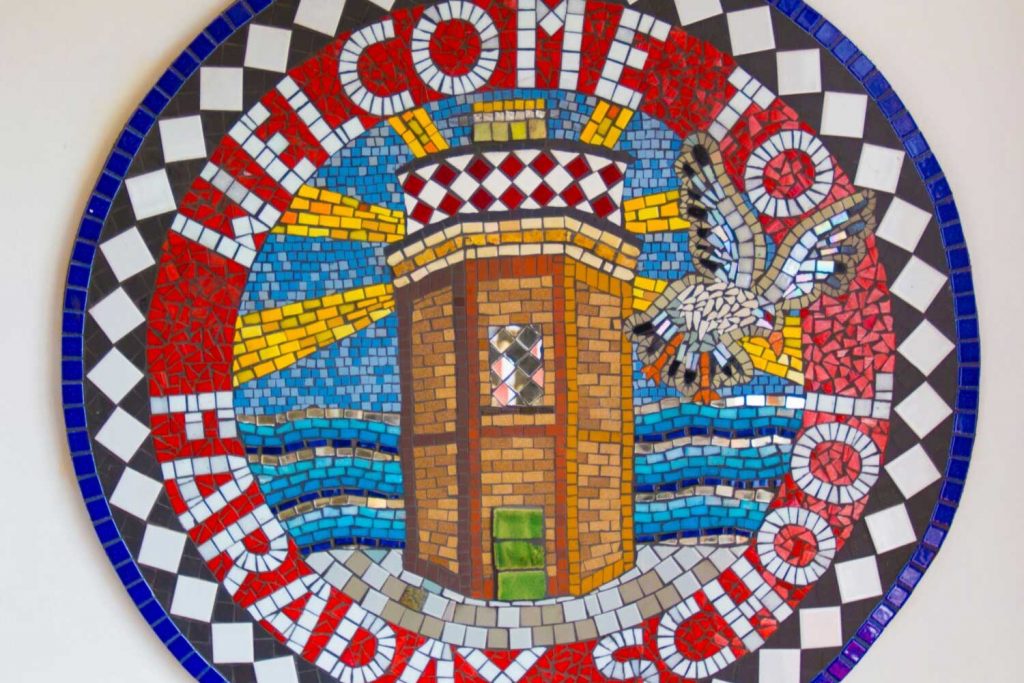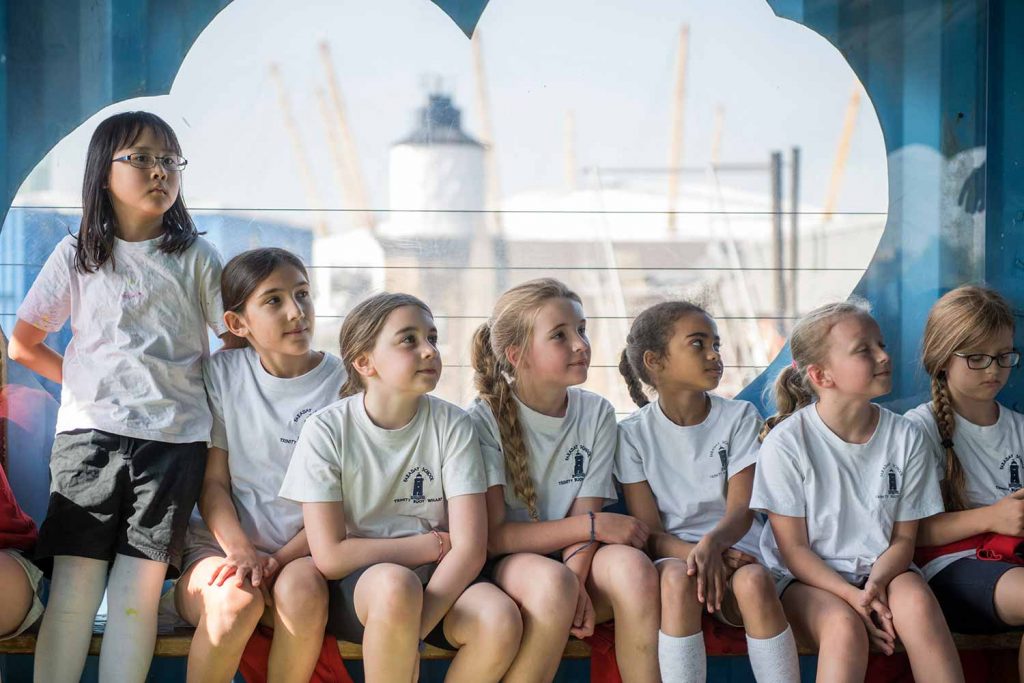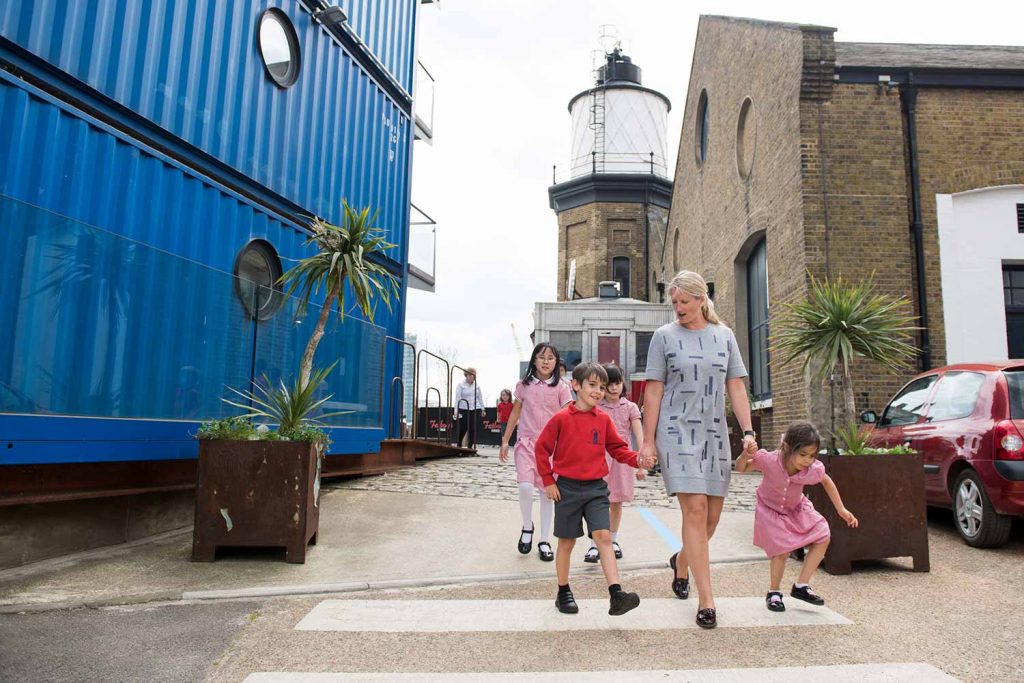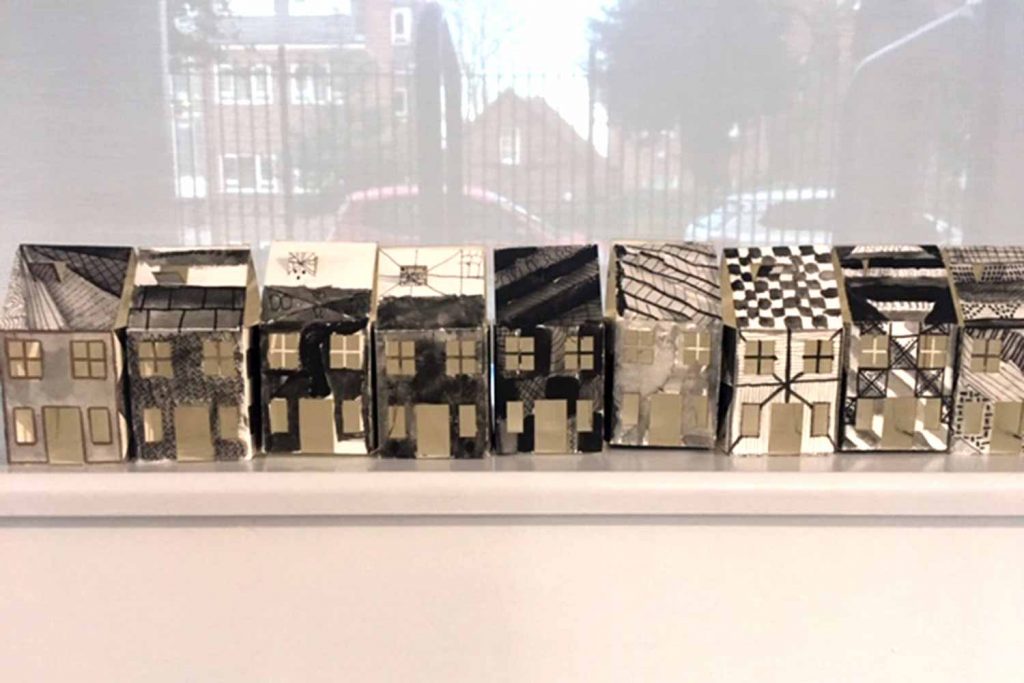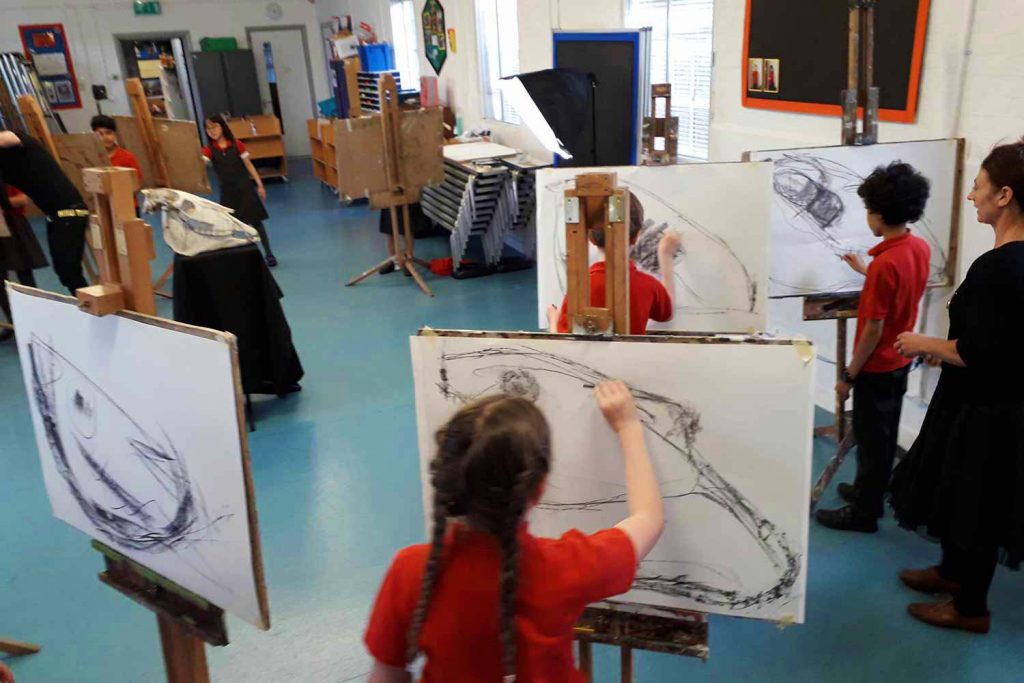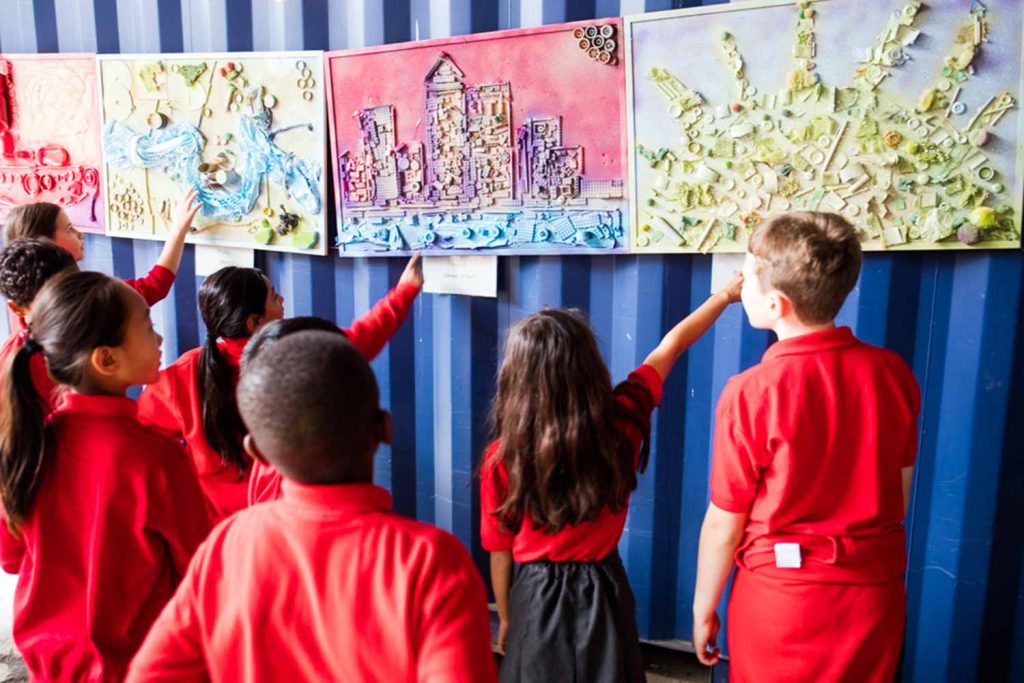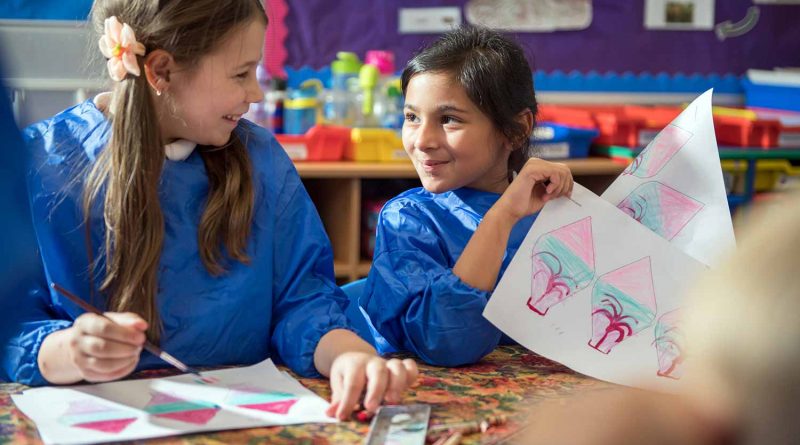Faraday School: Nurturing creativity and the arts in children’s education
Is education about having the answers to the questions, or having the skills to work out the answers for yourself? For Faraday School the key to children’s education is nurturing creativity and the arts.
Sat at the heart of a creative community on the north bank of the Thames, Faraday School has positioned itself as a kindred spirit, a place where children learn to take risks, overcome challenges, and be ready for life’s trickier conundrums.
Head Teacher Claire Murdoch believes that creativity is essential to education, and that struggle is essential to creativity. If you’re not being challenged, how much are you really learning?
Why failure is important
It’s no good training exam machines; children who can breeze through the tests and come up short when reality proves a little more complex. At Faraday it’s about flexibility. ‘It will always change,’ Murdoch says. ‘The world will change, and the jobs and technology will change. I think it’s about being aware and adaptive.’
Integral to this is knowing mistakes are opportunities to learn. Whether we’re five or 55, fear of failure stifles our ability to learn. ‘You want to keep that desire to get things wrong and to take a risk and keep going, because if we give them the answers too often they lose the ability to make a mistake and be ok with it. They’re missing the opportunity to really learn.’
Providing a creative environment
A supportive environment is essential to this, of course. With a capacity for 140 students, the school is small and tight-knit. Students become fellow travellers. ‘They’ve started to realise that if you struggle through that part there’s this real sense of achievement where they didn’t find it that easy. Maybe they made some mistakes on the way, but they kept on going.’ At Faraday that’s essential. ‘I think for all real ingenuity and inventiveness, which is what creativity really is, you have to go through that.’
Faraday School is well-placed to instil that kind of ethos. It sits at the heart of Trinity Buoy Wharf, surrounded by artists and musicians and entrepreneurs; mistake makers and pioneers. There are filmmakers and 3D pen artists. Round the corner from the school is a bright red tug that has been converted into an animation studio, with a music studio down below. As the site develops the English National Ballet and London Film School will move there too. This is the school’s scene.
Already artists drop in to share the finer points of their craft. One artist, Harry Dwyer, is working with the children to make a speedboat made entirely out of plastic bottles. A mosaic of the school, made by the students together with another local artist hangs, proudly over the main stairway. Each year the school sends a number of entries to Fourth Plinth School Awards, in which London children design for the fourth plinth in Trafalgar Square. This year pupils won two awards, and their art co-ordinator a third.
‘I’m a believer in setting high expectations and pushing the children a little bit, treating them maturely and showing them things they are able to access,’ Murdoch says. ‘It makes excellence accessible. Children see people round the corner doing things and think, I can do this too.’
A flexible syllabus
Murdoch puts a lot of stock in experience. Theory is important, but without the chance to apply it that theory is incomplete. It’s about trusting children to understand. ‘They’re able to do more than we can imagine and if you give them those experiences, it’s amazing.’
That experience extends to the teachers themselves. Much of the ethos at Faraday School comes down to role-modelling, taking ownership of your craft and exploring it. As the school is small, this allows teachers to have a flexible approach to the syllabus.
Murdoch encourages them to do so. ‘Because it’s small it’s quite human, it’s coming from real people. Teachers aren’t ploughing on with the curriculum so that the children just pass their tests and move on. It’s all quite adaptive and organic.’ Again it’s about modelling risk, and the sense of achievement that comes when it pays off.
‘We’ve got our curriculum and we know what we’re doing, but we’re able to amend it, and that means the teachers are more invested. They really care about it.’
Going round the school it’s clear the environment there encourages students to push themselves. In a previous life the school was a series of artist studios, and it carries on in that spirit. There is life and noise at Faraday, but it is focused.
Murdoch herself speaks with fluid enthusiasm. For both students and teachers, Faraday is not a school with the brakes on. ‘I think that’s how it has to be,’ Murdoch says, ‘because we’re modelling to them. I think a lot of what they’re learning is from the teachers, and it’s not necessarily in the lesson, it’s all of the time.’
Interested in a school that nurtures creativity and places the arts at the centre of the teaching? Faraday School runs regular open mornings every other Tuesday at 9.30am and encourages parents and children to see the school in action.
